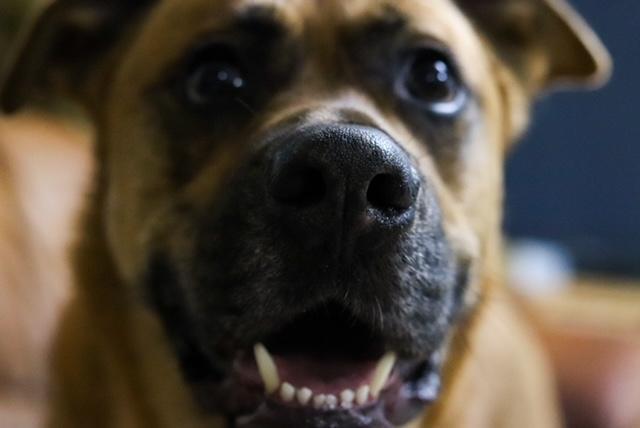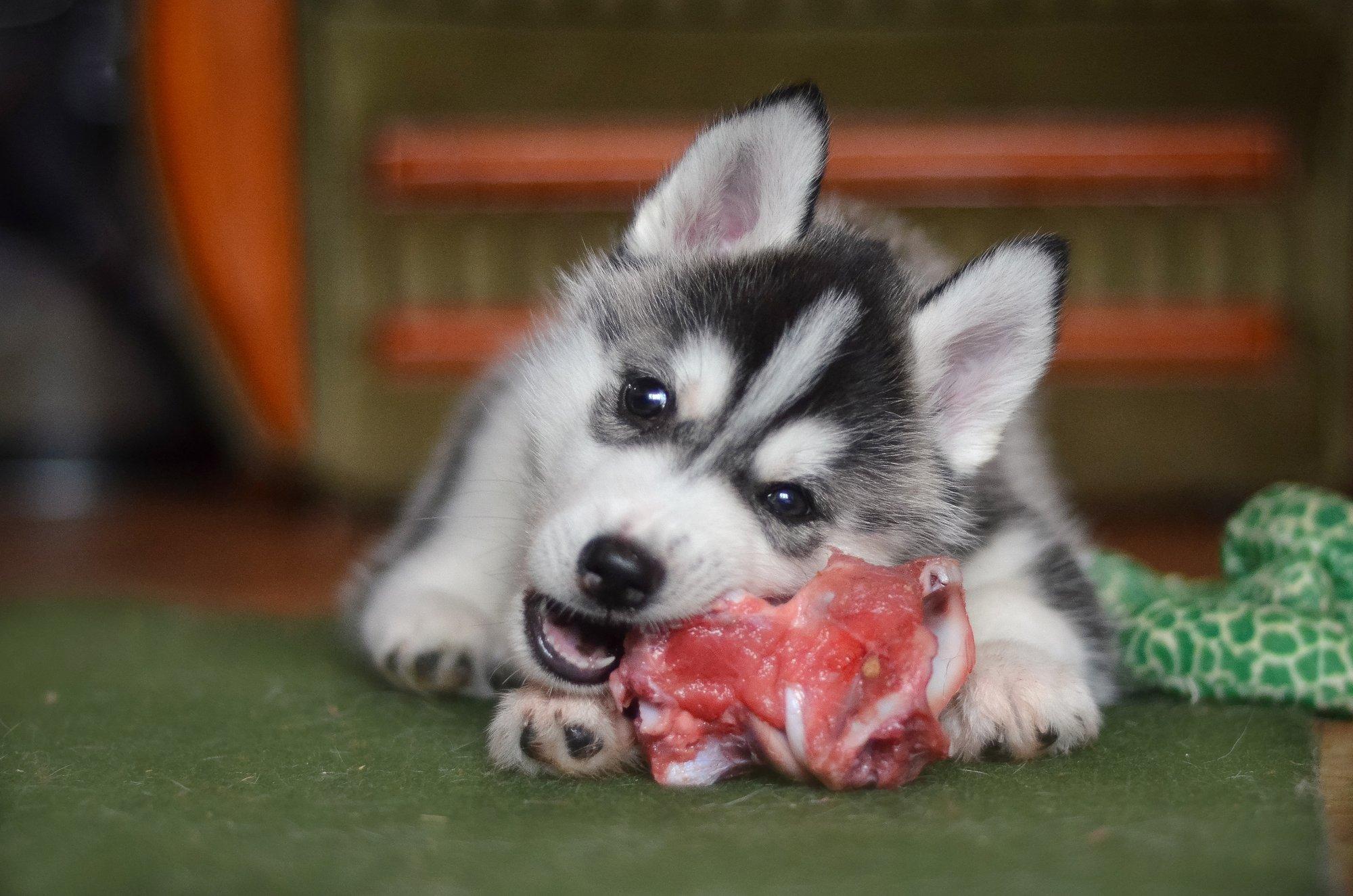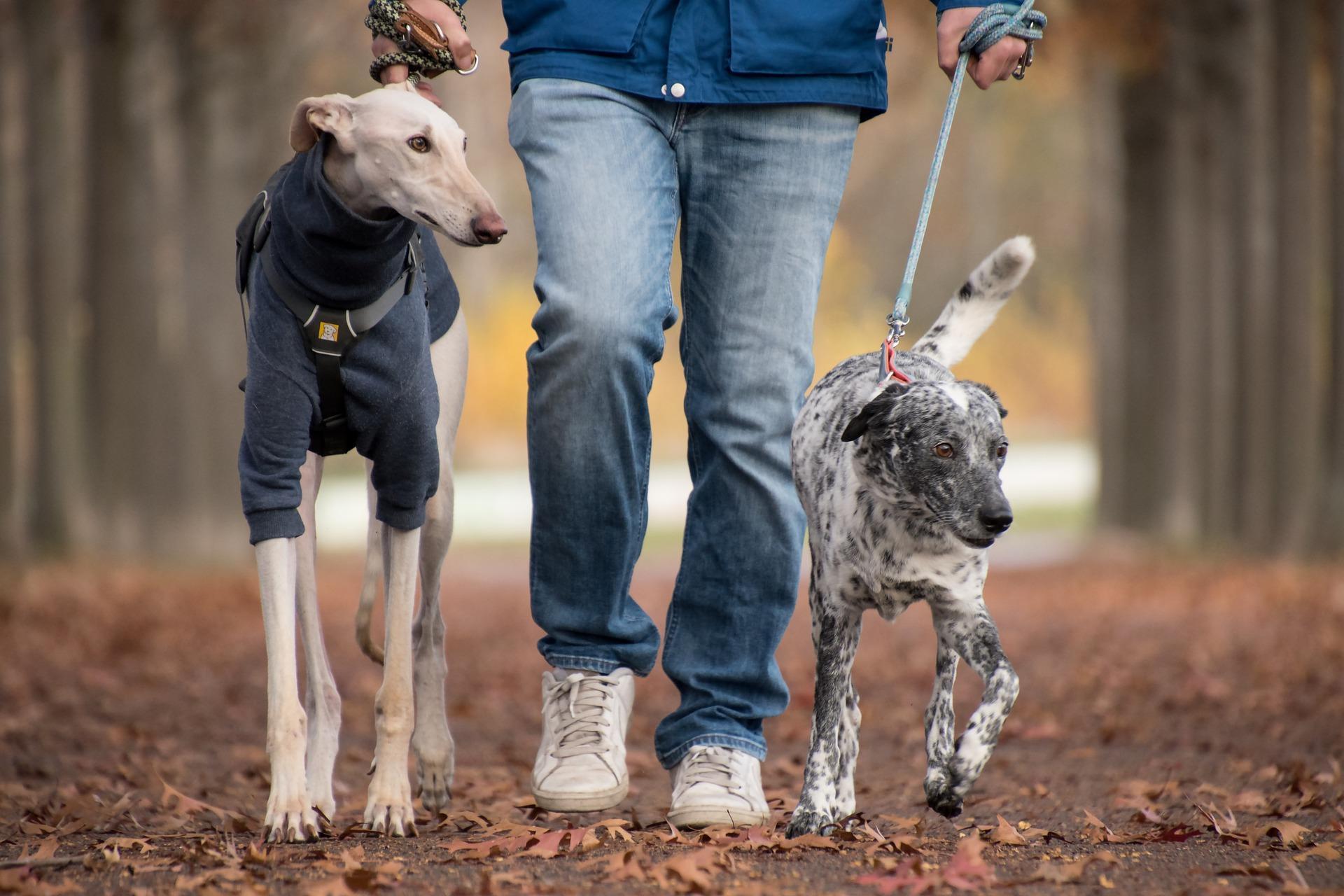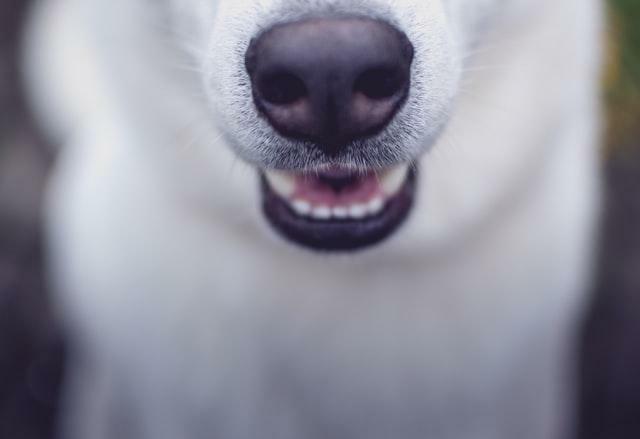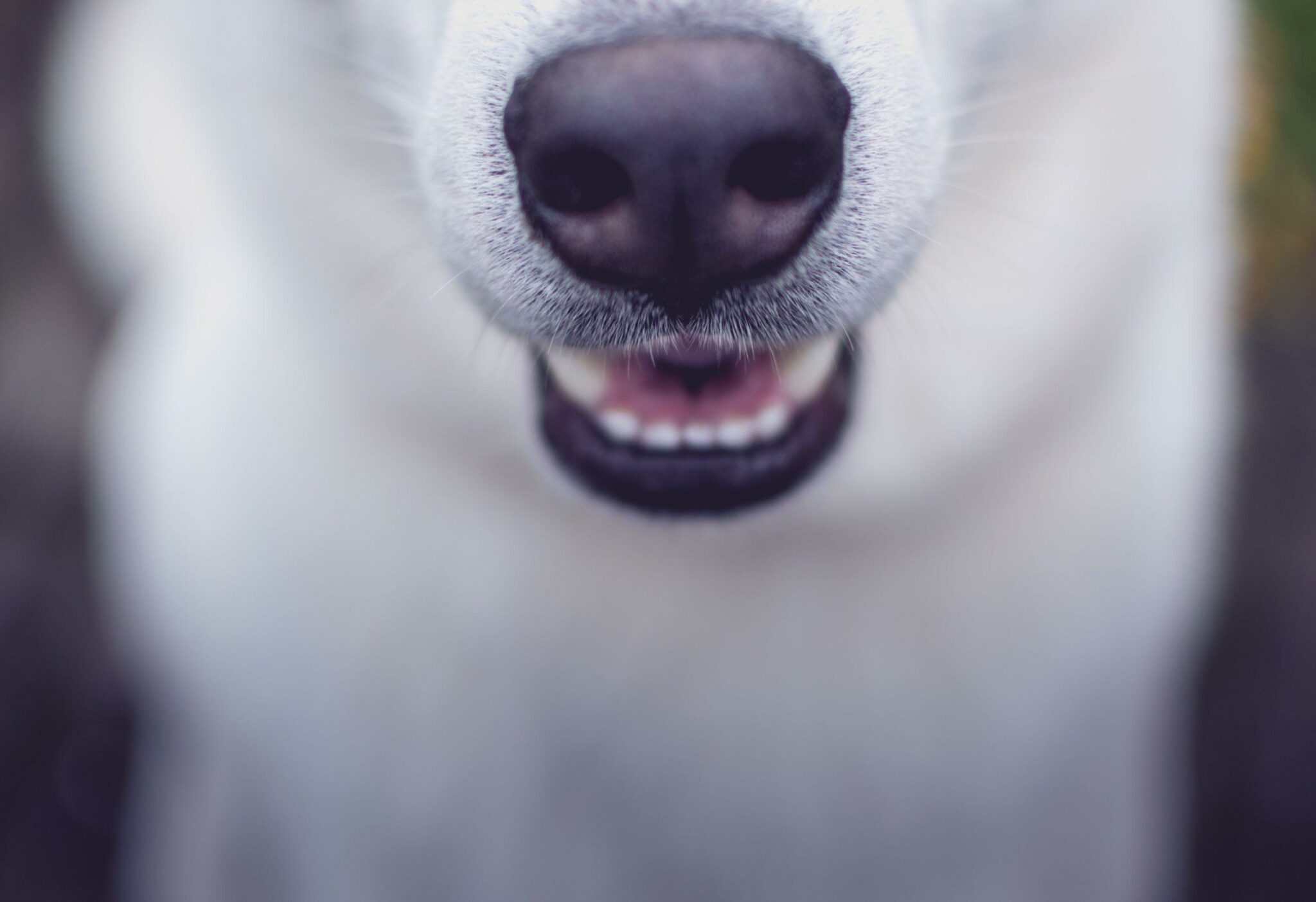Not only is diet important to your pet’s health but also their dental hygiene is essential. Poor dental care and disease is also linked to a higher rate of heart disease. Many owners leave it until it’s a problem. Let’s look at prevention instead shall we?
Dry food isn’t something that pet’s naturally graze on with grating action. They nominally chew or crunch the dry food and down the hatch it goes. Once chewed and wet, it’s like any other food, it collects around the teeth and contributes to plaque build-up that leads to hardened tartar. Dental problems and issues are within the top 10 complaints seen by vets in 2019 but here at MPN we have some great tips to help prevent this from happening.
Raw feeding (although for some is controversial) boasts great dental hygiene and whiter, cleaner teeth.
Feeding bones is also a socially and mental stimulation that namely dogs require. The bare bones of it!
My Pet Nutritionist have a strong working relationship with veterinarians but have to tread carefully on how we approach dental care as many vets are ardently against feeding raw bones unless they lean towards raw feeding and holistic care. Bones are perfectly fine but there are hard and fast rules and we would always recommend monitoring at all times (as a duty of care). Vets see mostly dogs coming in with fractured teeth and raw bone due to a lack of knowledge. Both are serious and expensive so please read on.
Do not feed cooked or smoked bones. They are dry, hard and would most likely splinter due to indigestible materials.
Raw chicken bones are nutritious but can be awkward to consume and they are too soft to warrant cleaning. It’s the grating and consistent gnawing action that tends to clean the gums and teeth, alongside the natural enzyme action, helping to destroy bacteria in the mouth.
Medium sized animals such as lamb and goat are probably the most effective and safest bones to serve your dog and ones I generally recommend.
If the prey is hard for the dog (or cat) to tackle naturally, then the bones will be too large and hard for your pet to gnaw in reality. Larger animals and bones such as beef are too hard and will more than likely cause dental fractures (think beef knuckle) if left to chew for too long and without supervision. We recommend avoiding beef, bull and bison.
Raw dental bones are best fed as a treat approximately twice a week to keep teeth clean. It’s important to note that recreational bones are not to be completely consumed and that any bone should always be fed under supervision.
Other options
Oral chews have been shown to be beneficial, of course the type is important. plain meat chews, braids and non hides can he very useful. Avoiding dental chews such as dental sticks are highly advised due to poor ingredients.
Findings here
There are certain supplements on the market and one of which is based on a seaweed that does have a couple of randomised clinical studies to show it helps with the build-up of plaque. The seaweed is called ‘Ascophyllum Nodosum’ and the well-known and registered food supplement product for dogs is called Plaque Off. As part of a regime I have found this useful but great care must be taken with cats as hyperthyroidism can be expressed when taking anything with a high iodine content. This can be added to food or simply added to a homemade treat.
Keep sugar containing foods (this includes dry food) to a minimum and even fresh foods naturally containing sugars should be given with care. We are not keen on companies who dehydrate fruits and vegetables such as pumpkin, carrots and papaya and sell them as dental chews. These are highly concentrated sugar chews and for gnawing action aren’t recommended for good oral hygiene, rather an odd treat.
Brushing teeth doesn’t have to happen if you feed the correct raw food and bones but generally we need to consider keeping up with a good regime. Brushing teeth with a natural toothpaste and bamboo toothbrush is preferable. Alternatively, you can use a tooth cleaner and the polish from Lintbells. Make sure you don’t use human grade toothpaste with sweeteners added such as xylitol. This is dangerous to dogs.
Please remember disease is complicated and our services offer an 8 elements approach to health, looking at nutrition, genetics and the environment. A complex jigsaw to piece together but one we are fully acquainted with and have great success!
We look forward to helping you in the future.
MPN Team x

